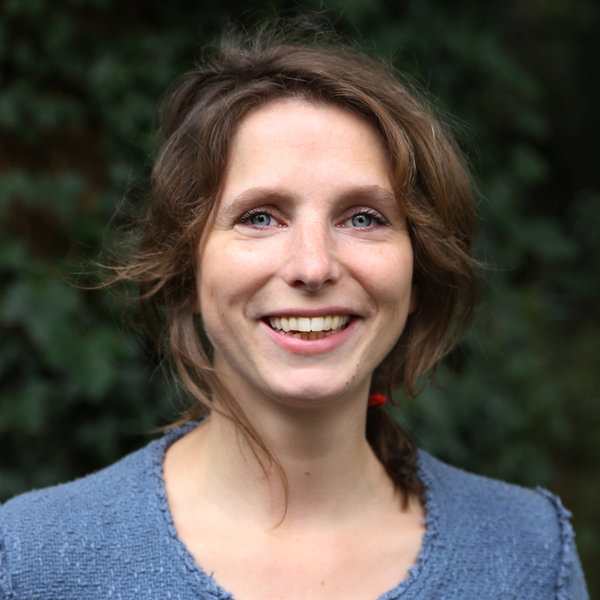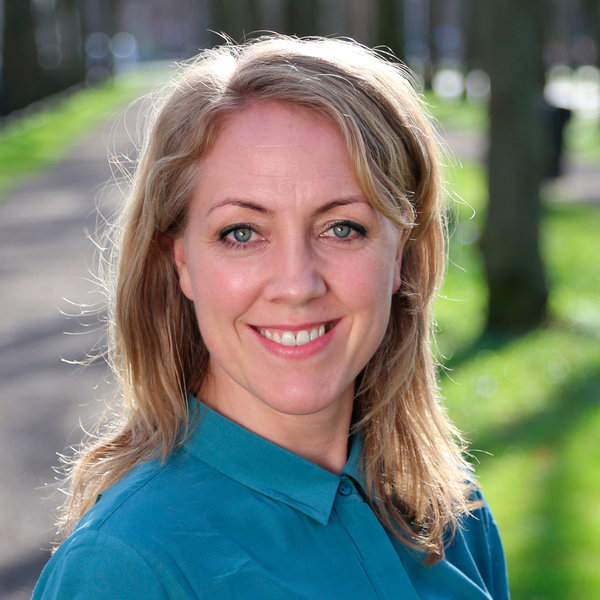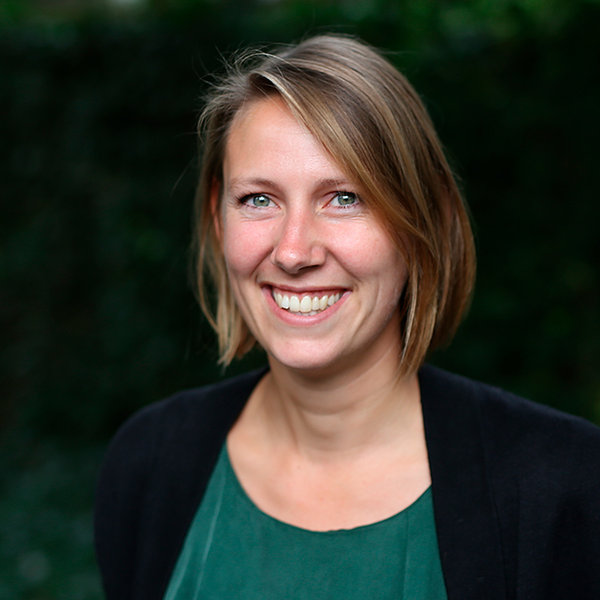
It all started in my (Suzanne) living room in Amsterdam. I think it was in January earlier this year. Mara, Joeri and me we were having a coffee, and we shared what was on our minds and what we are concerned with in our work. We decided that we would each write a blog post to deepen out our curiosity. At the same time we had the idea to create an opportunity to do further research on these topics by organizing a study tour for ourselves. We had the idea that by visiting organizations and scholars that would have experiences with these questions, or that would have new questions or perspectives on them, we could deepen our understanding. And, honestly, we also thought that it would just be great fun to travel around and visit some new places to get inspired.
Three blogs on what fascinates us
Making explicit what triggers us, by writing blog posts, was already a fun thing to do. We each started writing, and shared our underlying thoughts and ideas.
The danger of ‘single stories’
Joeri wrote about a talk from the Nigerian woman Chimamanda Ngozi Adichie who refers to the danger of ‘single stories’. Single stories can easily create stereotypes, is what she says. Joeri recognized this from her work in various organizations. What fascinates her is whether it is possible to change an organizational culture by changing the stories people tell, and the conversations they have. Read this blog.
Continuous development as an organizational goal with individual responsibilities
Mara was intrigued by the question how organizations can stimulate continuous development, while at the same time, this is actually a personal matter. She observes that interventions initiated by outside consultants or an internal HR group, can have effect, but the question is how individuals take the yields further: How do they start crafting their own job according to their learning needs, and aligned with their own talents? Read this blog
Seemingly small interventions can change a lot
I shared something that I observed at the end of a meeting that I facilitated. This was a gathering of several board members and some HR-colleagues. A short remark, from one of the board members, at the end of the meeting, kept me busy for a long time. This remark was seemingly not very important, and at the same time it changed the atmosphere completely. After this ‘intervention’, in the last minute before we all left the meeting, all the energy that was built up during the meeting leaked away. Read this blog
Small action versus big impact: how does it work?
At first we thought that the three stories were very different, and we didn’t immediately see what connected them. But by talking further, and sharing more experiences of what we encounter during our consultancy work, we found out that there was a common element in our questions. It somehow has to do with the linkage between ‘small’ (actions in daily work) and ‘big’ (change that organizations aim for). It seems as if big change can only come about via a series of small interventions, or, to put it differently, by one conversation at a time. And the other way around: small interventions indeed can make the difference. They can either make or break the process. We also realized that we could all tell stories about the wasted time we have spent in meetings. But we have found that once in a while, in every organization, a great conversation happens - one that makes a difference. We thought that it would be interesting to studying those great conversations, how they happen, and why they work.
We formed our travel team and planned our trip
We completed our research-and-travel team with our colleagues Marloes and Lieve, and we invited Nancy Dixon to join us as well. She is a US researcher who studies and writes about collective sensemaking in organizations. We booked our flights to New York City and to Austin (TX). And we started to prepare. We approached scholars and organizations that shared our curiosity and made plans to visit them. Now, a couple of days before we’ll leave, our itinerary is almost completely full.
Two scholars that we are about to meet…
- We will meet Victoria Marsick, who is a professor at Columbia University whose interests revolve around informal workplace learning, team learning, action learning, and strategic organizational learning.
- We will visit Yale-professor Amy Wrzesniewski whose work is focused on how people make meaning of their work in difficult contexts. Her current research involves studying how employees shape their interactions and relationships with others in the workplace to change both their work identity and the meaning of the job.
Several organizations that we may learn from…
In the three days that we are in the Big Apple, we will visit various organizations. There were no specific criteria other than ’Do you share our fascination?’; ‘ Do you have your own questions?’; ‘Are you curious to meet us?’. We will visit, among others, a large financial institution that operates worldwide; an organization that connects start ups and investors across the world; an organization specialized in assessment and educational research.
Packing our bags…
There are only a few days left before we depart. On Friday October 17th we will fly to New York City! After a weekend to recover from our jetlag and checking out the city, we start our ‘official program’ on Monday. On Wednesday we pack our bags again to head for Austin in Texas, and on Saturday 25th we fly back home again. For now this means: thinking about what to pack and what not; regularly checking the weather online to know what clothes we should bring; having a whatsapp group to share our excitement, applying for ESTA to make sure that we can enter the country; collecting our maps, books and dollars; and thinking about the places we want to visit.
This weblog is part of series of blogs. In October 2014, Mara Spruyt, Joeri Kabalt, Suzanne Verdonschot, Marloes de Jong and Lieve Scheepers visit the US. During this study tour we will visit various organizations and scholars to learn more about the way organizational conversations contribute to change. We are conducting this research in cooperation with Nancy Dixon, a US researcher who studies and writes about collective sensemaking (nancydixonblog.com) in organizations. In this series of blogs we explore our questions and share our experiences.


